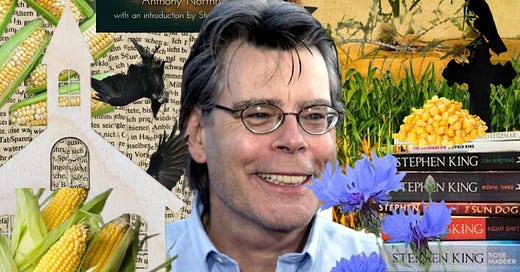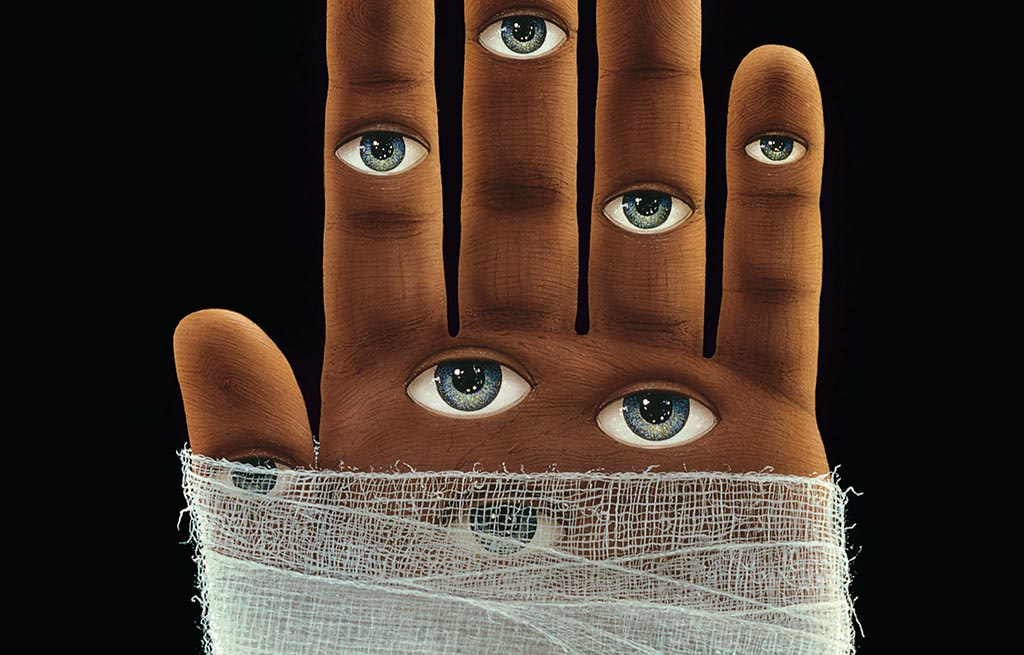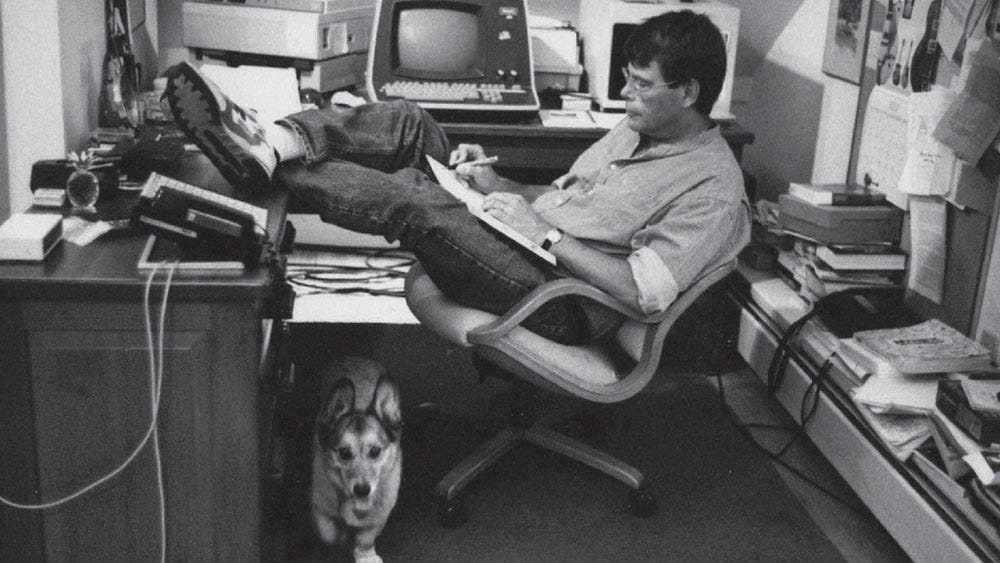Disciples Of The Crow
Come unto me, you of the corn, and I will be your God and you will be my people.
*Day 133 of the WGA strike and Day 60 of the SAG strike.*
Stephen King mastered the art of storytelling in genres like science fiction, fantasy, and of course, horror. From 2017 through 2018, I spent months reading IT, which has over 1,000 pages, and continued reading his stories because, in my opinion, no one writes quite like he does. He might take three pages to describe a scene, but I have learned more from him about detailed writing than I have from anybody else.
King’s stories have been adapted over 70 times, but “Children of the Corn” is by far his most adapted of all. The short story was first published in the Penthouse magazine before later appearing in his 1978 book of short stories, Night Shift. Among his many adaptations was a 1983 short film called Disciples Of The Crow, with a pretty fascinating story of how it was made.
Disciples Of The Crow has received more positive reviews than most of the Children of the Corn sequels, and this is because the short film conveys King’s initial message very well. “Children of the Corn” follows a group of murderous children who live in a cornfield and perform violent acts of service for “He Who Walks Behind the Rows,” whom they worship. King’s message plays on the truth that, sadly, many “religious” and “spiritual” people do not practice what they preach and commit acts of violence and evil despite worshipping a God that claims to represent peace, love, and acceptance. Unfortunately, many have taken this message, misconstrued it, and used it as a way to assert power over others.
Disciples Of The Crow does an excellent job of conveying King’s message despite having to cut many scenes since it falls under 20 minutes. Though, the film had to be so short because of King’s strict rules for an incredibly generous project of his.
The Dollar Baby Program
A quick Google search will reveal it could cost hundreds of thousands of dollars to adapt a story into a film. However, King found a way to give amateur filmmakers the chance to adapt one of his short stories into a short film for a pretty affordable price. For only $1, King sells the rights to his short stories to filmmakers, and this is exactly how John Woodward created Disciples Of The Crow.
According to The Dollar Baby Program website, the rules are as follows: You can choose from a list of available short stories and submit a request to make your short film. The film can’t be more than 45 minutes, it can’t be used for monetary gain, and King still owns the rights to it.
John Woodward’s Adaptation
Woodward’s film begins in 1971, following a group of children worshipping “He Who Walks Behind the Rows.” They offer up sacrifices like corn and a frog but state that crows can not be sacrificed because they are sacred. The night after a day at church, the children murder their own parents as sacrifices.
The film then flashes forward to the present day, following King’s characters Burt and Vicky. In under 20 minutes, a lot had to be cut from Woodward’s adaptation, but this isn’t necessarily a bad thing. The short run time allowed the director to keep only what was necessary and prevented him from getting off track with the story’s plot. Instead of elaborating on side plots or focusing too much on other characters, Woodward got straight to the point and never lost King’s initial message along the way.
The director utilized shots of bloody corn, dead animals, and signs on the side of the road to tell the story while cutting out all the scenes of the children gathering in the cornfield. Woodward took the risk of cutting out all the main children from King’s story, like Isaac Chroner and Malachai, in order to narrow in on Burt and Vicky’s experience. This seems like a huge loss since the film is mainly about the children in the corn fields, but Woodward was able to keep King’s story alive without having to dive into what was actually happening in the corn fields.
The most important scene comes toward the end when Burt goes into an old abandoned building and discovers a religious book that the children worship. He’s unfortunately caught, and as he’s fleeing the building, the children approach Vicky’s car, smashing her windows and headlights. Unlike King’s original story, Burt and Vicky escape the town instead of being murdered by the children. However, their future seems uncertain as they drive into the sunset with a piece of corn lodged into their car. Despite being extremely low budget and having to cut most of King’s story, Woodward did an impressive job with his film.
The Most Successful Dollar Baby Story
While Woodward did go on to direct a few films, a different director who took on King’s program became the most successful. Frank Darabont adapted King’s “The Woman In The Room” in 1983, which led to a successful screenwriting career. However, his most famous project was a result of King’s admiration for his work. King gave Darabont permission to adapt his novella Rita Hayworth and Shawshank Redemption into the Oscar-nominated 1994 film. He worked with King again a few years later, adapting his stories The Green Mile and The Mist into movies.
Though while Woodward might not have seen the success of Darabont, his film is one of the most memorable to come out of The Dollar Baby Program and even won him a Student Academy Award, which is certainly a success in itself.







